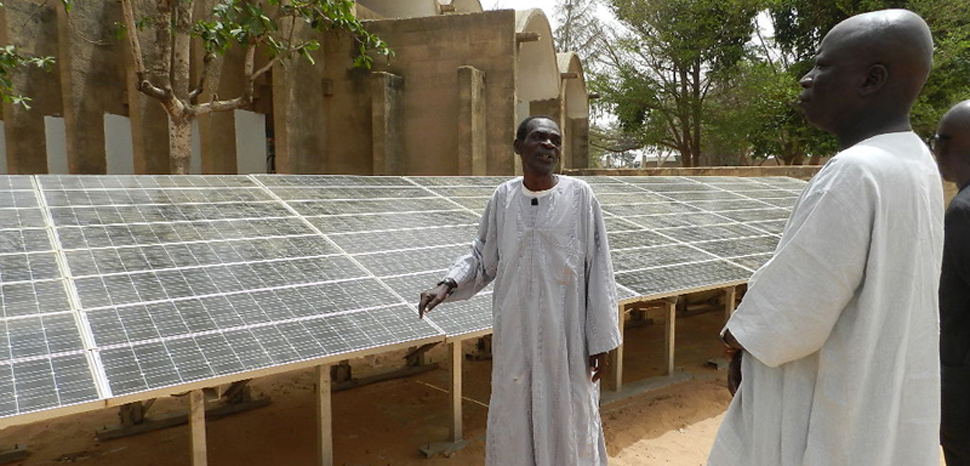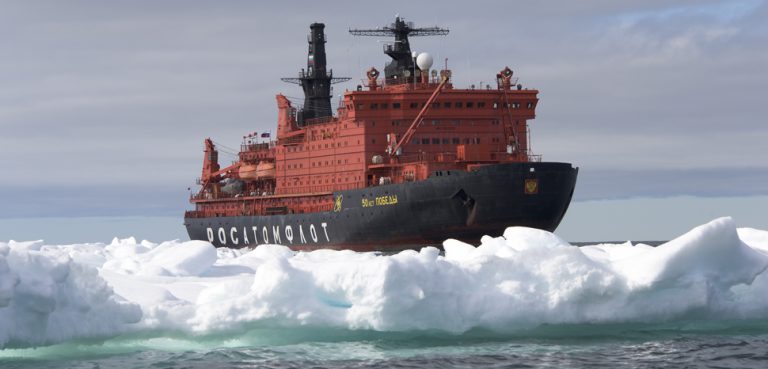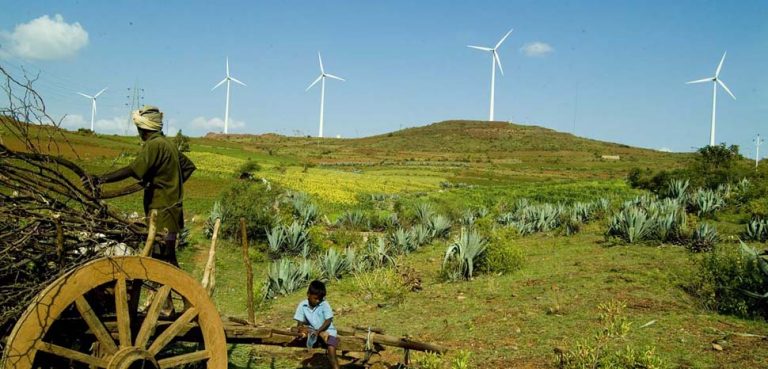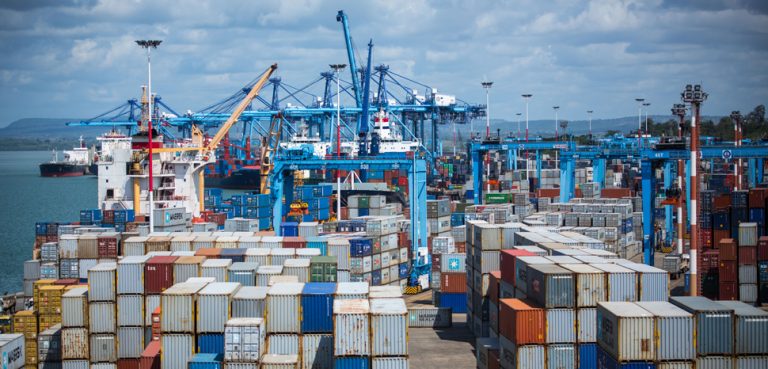In the 1966 surfing documentary, The Endless Summer, Californians Michael Hynson and Robert August set out on an odyssey in search of the perfect wave. Their first stop was N’Gor Island off the coast from Dakar, Senegal, where they caught one beautiful wave after another. The vignette put Senegal on the map as a surfing destination. As a Peace Corps Volunteer from 2002 to 2004, I went to N’Gor as soon as I could to catch a wave.
The Endless Summer revealed, in retrospect, Senegal’s abundance of offshore wind. It is little surprise, then, that the country is on the verge of harnessing it for power. In 2020, the country will inaugurate its first major wind farm – and the largest in West Africa – the 158.7-MW Parc Eolien Taiba N’Diaye (PETN). In May, the project cleared a notable hurdle, as the first wind-turbine components arrived in Dakar port.
PETN has obvious advantages for an energy-poor country and region that relies mostly on expensive fossil fuel imports. It will increase Senegal’s existing power generation capacity by 15% with clean, domestically generated energy. Perhaps most importantly, the project can stimulate more renewable energy projects across West Africa by demonstrating their viability. In leading this development and others, Senegal can position itself as a regional leader in energy governance and policy.
Wind can be good
Wind has long been an environmental challenge for those living in the Sahel. But climate change has amplified the southern encroachment of the Sahara in recent years, causing migratory and political challenges.
Turning a liability – powerful winds – into an asset is therefore the definition of a game changer. Moreover, Senegal desperately needs more electricity generation. Its citizens suffer frequent blackouts due to inadequate infrastructure and a predictable source base. The majority of electricity comes from imported diesel generation.
Growing the power sector is a key part of the country’s Plan Sénégal Emergent (PSE), which aims to make Senegal an emerging economy by 2025. In addition to renewables, Senegal hopes to build coal and gas-fired power plants. The plan’s ambitious targets include 100% electricity coverage and 90% for rural households by 2025.
Senegal’s energy future has brightened appreciably this decade. In 2014, it discovered oil and gas off its Atlantic shores, and is on track to produce first gas in 2021. Its approach to these plays has thus far been careful to prioritize transparency and avoid the resource curse. In February, it reelected President Macky Sall, who has past experience in the energy sector. By linking the PSE with growing the power sector, Sall and the Senegalese leadership understand the fundamental role of energy in economic development. The PETN, of course, makes this economic development more sustainable.
From the Atlantic to the Sahel
The PETN is also a welcome addition for the West African Power Pool (WAPP), an electricity-trading platform among 14 countries.
Senegal’s only existing high-voltage interconnector runs along its northern corridor of cities alongside the Senegal River, and feeds directly into landlocked and energy-poor Mali. The PETN is ideally located nearly adjacent to this line, meaning that any electricity generated in excess can be sent around the country and perhaps beyond. In the future, it can be fed into planned WAPP interconnectors to Guinea and Guinea-Bissau. Exporting this wind power is unlikely in the near term given Senegal’s immediate needs for greater supplies. But this scenario provides an all-important release valve for excess power to find a buyer.
Outside of the Arabian Peninsula, the Sahara and Sahel offer the most serious potential in solar, while hydro also has excellent prospects in the southern countries of the WAPP. Nigeria alone could power the region with its natural gas. WAPP interconnectors are therefore vital to further investment in renewable-generation projects. Yet power generation projects must come before the interconnectors. There is nothing more abhorred in West Africa than waste. Once the power is available, the interconnectors will follow. This is why the PETN is such an important first step.
All-of-the-above in Senegal
The PETN nicely complements Senegal’s hydrocarbon discoveries because, in addition to diversifying its source base, renewables present a whole new energy paradigm. Developing new resources, be they oil, gas, and wind now, and solar and hydro down the road, will make Senegal a regional leader in energy governance. More immediately, the wind park will allow Senegal to export its oil and gas resources rather than consume them locally.
Most countries talk about an all-of-the-above approach to procuring and producing energy, but energy-poor countries are often restricted in their choices. This tends to lead to coal, the cheapest route out of energy poverty. To be sure, Senegal needs to do more to reach its power sector goals in a sustainable manner. New solar and hydro projects and wide-scale deployment of micro grids will be key. Yet the country is on the verge of climbing out of the energy-poverty trap by embracing a multiple-faceted, flexible energy strategy and fearlessly taking the plunge into developing its own sources. Fortune favors the bold.
The views expressed in this article are those of the author alone and do not necessarily reflect Geopoliticalmonitor.com or any institutions with which the author is associated.




